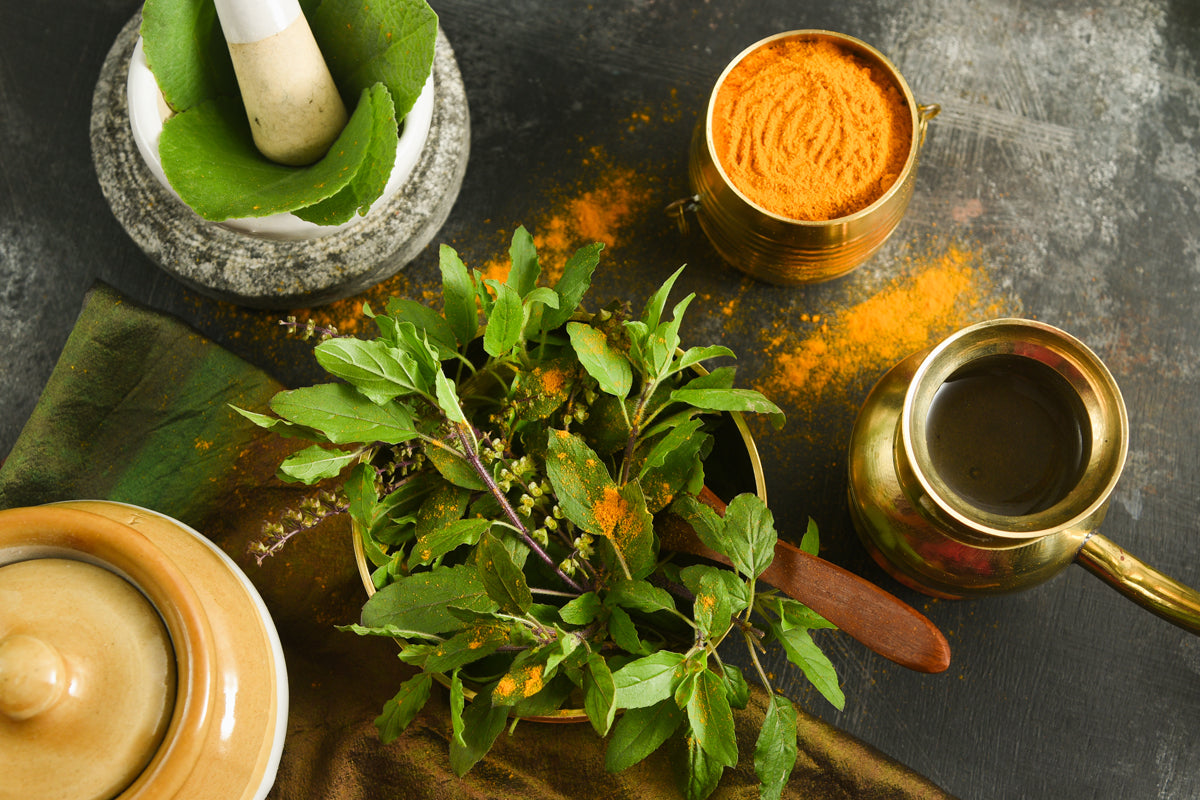Andean Flavors: A Journey into Peru’s Culinary Tradition
Andean cuisine is a living testament to the history and cultural diversity of Peru. Through its traditional dishes, each region of the Andes reveals its connection to the natural environment and ancient heritage. Native ingredients like quinoa, corn, and potatoes blend with colonial influences, creating unique flavors that surprise both locals and visitors. This blog offers a tour of Andean flavors, highlighting how Peruvian culinary traditions have evolved to become a global reference.
Ancient Origins of Andean Gastronomy
Andean cuisine has its roots in pre-Inca civilizations, whose inhabitants developed innovative techniques to preserve food in extreme climates. The dehydration of tubers and the fermentation of dairy products are practices that persist to this day. During the Inca Empire, food distribution was organized based on the ayllu (community) and well-defined agricultural cycles. The arrival of the Spanish introduced new ingredients like wheat and beef, enriching the local diet. This fusion gave rise to a diverse culinary tradition, combining heritage and adaptation, reflecting the resilience of its people.
Native Ingredients and Their Nutritional Value
The Peruvian Andes are home to a unique biodiversity that provides nutritious ingredients such as quinoa, kiwicha, maca, and more than 4,000 varieties of potatoes. These superfoods are part of the daily diet of local communities and have gained global recognition for their health benefits. Quinoa, for example, is rich in proteins and essential amino acids, while maca boosts energy and endurance. This nutritional richness is the result of centuries of adaptation to the Andean environment, where agriculture is practiced under adverse climatic conditions, ensuring the region’s food sustainability.
Ancestral Food Preparation Techniques
Traditional cooking methods are a fundamental part of Andean culture. Pachamanca, a technique that involves cooking food underground with hot stones, reflects a deep connection with the land. Similarly, the use of chuño (dehydrated potato) ensures long-term food preservation. These practices are not only preparation methods but also rituals that strengthen the bond between the community and nature. Preserving these techniques allows Andean gastronomy to maintain its essence, passing down knowledge from generation to generation.
Iconic Dishes that Define Andean Identity
Among the most representative dishes are pachamanca, grilled trout, and stuffed rocoto peppers. Each dish reflects the availability of local ingredients and the creativity of Andean cooks. Trout, for example, is raised in high-altitude rivers and lakes, while rocoto is a signature chili pepper from southern Peru, stuffed with meat and spices. These dishes go beyond basic nourishment, showcasing the inherited knowledge and history of the Andean people in every bite.
The Influence of Andean Cuisine in Haute Cuisine
Today, Andean gastronomy has evolved into fine dining, winning over international palates. Renowned Peruvian chefs have incorporated traditional ingredients into gourmet menus, revaluing the country’s culinary heritage. The fusion of modern techniques with Andean products has given rise to innovative dishes like quinoa ceviche and chuño risotto. Andean gastronomy is not only a source of inspiration but also a tool for cultural identity, positioning Peru as a global culinary leader.
The Impact of Altitude on Andean Flavors
The geographical conditions of the Andes play a crucial role in food quality. Altitude and cold weather intensify flavors in products like cheeses and tubers. Additionally, livestock raised on high-altitude natural pastures produce high-quality milk, used to make artisanal cheeses. These environmental particularities ensure that Andean foods have unique flavor profiles, appreciated in both national and international markets.
Sustainability and the Future of Andean Gastronomy
Andean gastronomy aligns with sustainability principles by promoting the use of local ingredients and regenerative agricultural practices. Rural communities play an essential role in preserving this culinary tradition, keeping ancestral knowledge alive. Furthermore, the growing interest in consuming healthy, authentic foods has driven the demand for Andean products in global markets. The future of this cuisine promises a balanced integration of tradition and innovation, strengthening cultural identity and contributing to sustainable development.
Andean gastronomy reflects the history, biodiversity, and cultural richness of Peru. From its pre-Inca origins to its incorporation into contemporary haute cuisine, Andean flavors maintain a delicate balance between tradition and modernity. Native ingredients like quinoa and potatoes are not only part of the culinary heritage but also stand out for their nutritional value. Additionally, the influence of environmental factors and ancestral techniques ensures the authenticity of each dish. Sustainability is a fundamental pillar in preserving this tradition, allowing future generations to continue enjoying the culinary wealth of the Andes.
Sources Consulted
- Murra, J. V. (2002). The Economic Organization of the Inca State. Tucson: University of Arizona Press.
- Noble, J. (2011). Andean Art and Architecture. New York: Thames & Hudson.
- Salomon, F., & Urioste, M. (1991). The Inca Empire: A Multidisciplinary Approach. New York: Princeton University Press.
- Adelaar, W. F. H. (2004). The Language of the Incas. Oxford: Oxford University Press.
- Bernaola, G. (2015). The Aromas of the Andes: Traditions and Contemporary Uses. Lima: San Marcos Publishing.
Article originally published on [10/30/2023], updated on [10/23/2024]


